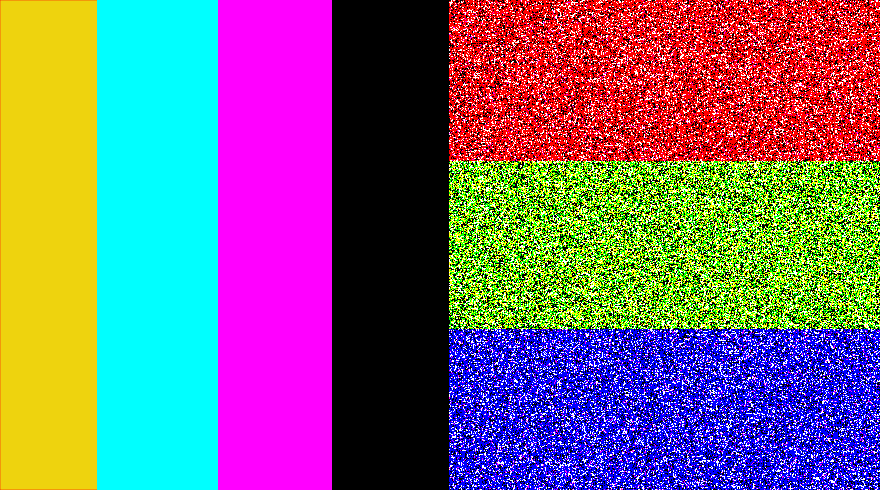Why Paper?

Support print media in the modern world by backing us on Kickstarter
If you want a sense of the difference between the worlds of paper media and videogames, color is the best place to start.
In print, as we learn in kindergarten, there are three primary colors—red, blue, and yellow—and you get all the other colors by mixing them together. If you pay attention to the color cartridge in your printer, you’ll see blue and red are “cyan” and “magenta,” but otherwise it’s the same.
This color palette, often referred to as CMYK for cyan, magenta, yellow, and key (black), is the subtractive color model, and it’s the opposite of how TV and computer monitors work. Subtractive color starts with a white page and adds ink to reduce the light reflected to a specific desired color. Screens, on the other hand, start with a black, unlit surface and add light to produce color. This requires a different set of primary colors—red, green, and blue, often abbreviated as RGB.

All of this creates constant headaches for print designers who today almost universally have to translate the work they create on a computer screen (in RGB additive color) into the language of CMYK subtractive color for the final physical product. It’s almost certainly much less of an issue for game designers, creating on screens, for screens.
So given all this, why in the world should anyone be interested in a videogame and culture site relaunching its printed magazine? Isn’t that like trying to push games back onto cartridges in a world of digital downloads? I mean, physicality is so 1990, right? You might as well take a cue from Magritte and paint a Super Mario World box: Ceci n’est pas une pipe? Ceci n’est pas un jeu vidéo.
There is always something lost in the process of translation, and to be clear, the movement from play to language is a translation even more substantial than moving an image between additive and subtractive color. No publication will ever replace putting a tablet or controller into someone else’s hands and saying you have to try this. But if there’s a loss inherent in translation, in talking about a thing in a different medium with different tools, there’s the possibility that something may be gained as well.
A work in a new language may result in a new reader, a new context, a new discussion with a new set of ideas. An image of a Magritte painting on a screen takes a conversation about image and representation and places it in the middle of the reality of (post-)mechanical reproduction. Magritte via Benjamin via. . . Warhol? Jameson? Sontag? Or are all of these already painfully, unendurably out of date?
Games move fast. Software, measured in individual titles, is obsolete in a year. (The year-end best-of list is an obituary.) Planned obsolescence for consoles is generally as long as five or six years, mobile devices less than two. The online news cycle feeds on previews and pre-release reviews. By the time the game exists, it’s already over.
It leaves artifacts that can be forgotten, collect dust, and still be rediscovered.
And this is what the translation to paper has to offer—time. Paper is an old thing. It requires time to prepare. It leaves artifacts that can be forgotten, collect dust, and still be rediscovered.
Images on a screen are recreated between 60 and 120 times per second. They are retrievable as long as a disc is readable, or as long as a server is maintained. Many computers no longer bother to include optical drives; when was the last time you even saw a floppy disc?
I own a run of an undergraduate literary magazine extending back to 1966. I am one of probably a dozen people in the world who care, but you can read it if you would like. I would be happy to put it into your hands—here, you have to see this.
Videogames deserve an alternative to obsolescence driven by marketing cycles and an endless procession of newer, shiner screens. They deserve a chance to grow old and still speak to us, in languages beyond nostalgia. This is why paper, even now, especially now. The page will never, can never replace the screen. It can only ever be a translation, a thing to be seen in different colors. Something slightly new, perhaps, and, with luck, still a thing for some time to come.
///
CMYK/RGB Image created by Hana Khalyleh



